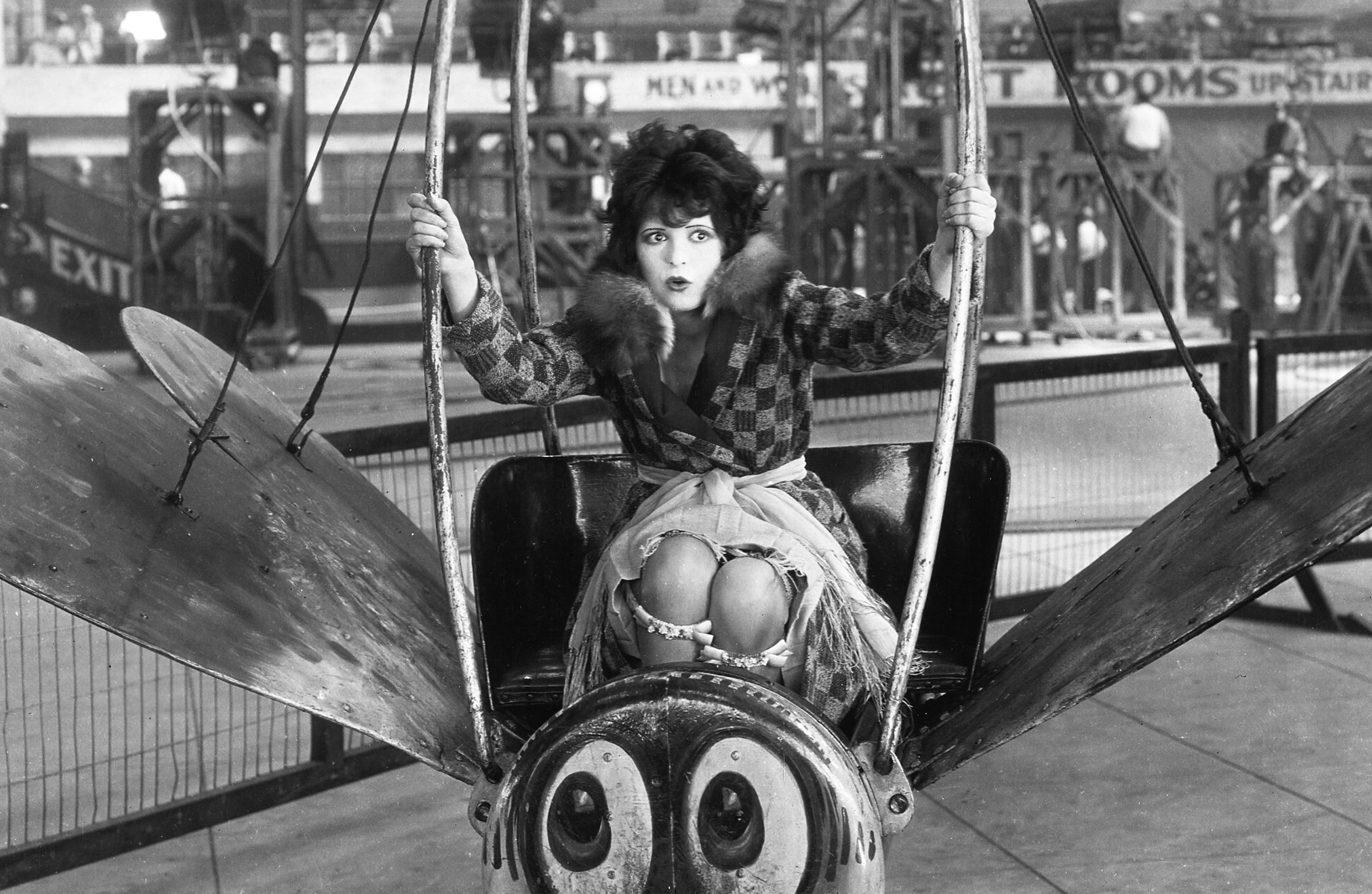- why did filmmakers move to Hollywood
the weather was ideal for filmmaking and there was quick access to various settings. Los Angeles became the capital of the film industry in the United States. The mountains, plains and low land prices made Hollywood a good place to establish film studios.
2. silent era stars Hollywood
Greta Garbo
Charlie chaplain
oisin

silent era directors
- van Abramson.
- John G. Adolfi
3. why was the Hollywood studio like a factory production line
Adopting a ‘scientific management’ approach to film production, the studios began to model themselves on factories, employing assembly-line techniques, hierarchical structures, and a strict division of labour;
4. what as the first talking picture
The first feature film originally presented as a talkie (although it had only limited sound sequences) was The Jazz Singer, which premiered on October 6, 1927.
5 . why did end of the silent movie caused problems for actors and directors
some actors didn’t match the characters that were playing
6. what was happening in the us during the end of silent movies
in 1929 the great depression was in America
































